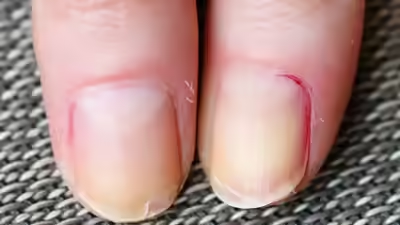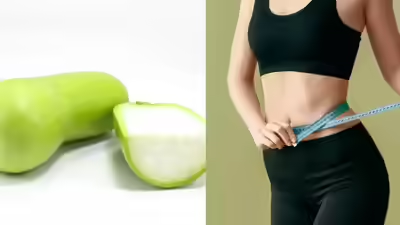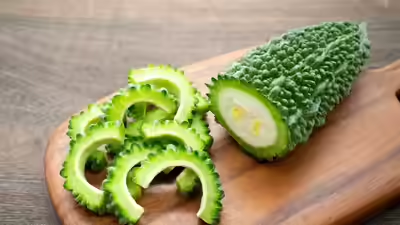Why are your nails peeling: Know medical issues, causes, remedies, and prevention guide |

Peeling nails, medically known as onychoschizia, is a common concern affecting individuals across different age groups and lifestyles. These split or flaking nails not only impact appearance but can also point to underlying health or environmental factors. A cross-sectional study published on PubMed found that brittle nails, including onychoschizia, were significantly associated with frequent water exposure from household tasks and habits such as nail biting (onychophagia). Recognizing these contributing factors, along with adopting effective care and prevention strategies, is essential to maintaining strong, healthy nails naturally.
Causes of peeling nails
Peeling nails from environmental factors Daily exposure to chemicals, such as cleaning products, detergents, and nail polish removers, can strip nails of their natural moisture. Excessive water contact, like frequent hand washing or dishwashing, also softens nails and makes them prone to peeling. Protecting your nails from these environmental triggers is a key first step in prevention.Peeling nails due to nutritional deficiencies Diet plays a vital role in nail health. Iron deficiency is a leading cause of brittle, peeling nails. Other nutrients, including zinc, biotin, protein, and vitamins A and C, are equally important. A lack of these nutrients can weaken the nail plate, making peeling more likely. Incorporating nutrient-rich foods or supplements can strengthen nails from within.Peeling nails linked to health conditions Persistent nail peeling may indicate medical issues. Conditions such as thyroid disorders, anemia, or psoriasis can affect nail strength and texture. Nail psoriasis, in particular, can cause splitting, pitting, and flaking, making professional evaluation essential if symptoms continue despite home care.Peeling nails from physical trauma Physical damage is another common culprit. Aggressive filing, biting nails, or using them as tools can lead to layers separating and peeling. Frequent use of gel or acrylic nails, especially when removed incorrectly, can weaken natural nails. Gentle nail care is critical to avoid worsening the problem.
Treatment for peeling nails
Moisturisation for peeling nails Applying cuticle oils and hand creams regularly restores moisture to nails and surrounding skin, reducing flaking and splitting. Ingredients like jojoba oil, vitamin E, and shea butter are particularly effective.Gentle nail care Filing nails in one direction with a fine-grit file prevents further damage. Avoid aggressive manicures and allow nails time to recover between treatments. Keeping nails trimmed and neat reduces the risk of peeling.Dietary adjustments for peeling nails A balanced diet rich in iron, biotin, zinc, protein, and vitamins supports nail growth and strength. Including leafy greens, eggs, nuts, seeds, and lean meats can help prevent peeling from the inside out.Medical treatment for peeling nails If nail peeling persists despite lifestyle changes, consulting a dermatologist or healthcare provider is recommended. Persistent peeling can be a sign of underlying health conditions that require targeted treatment.
Prevention of peeling nails
Protective measures for peeling nails Wearing gloves while cleaning, washing dishes, or using chemicals protects nails from harsh exposure. Minimising contact with irritants is one of the simplest preventive steps.Proper nail care Avoid nail biting and picking at cuticles. These habits weaken nails and contribute to peeling. Regular gentle care strengthens nails over time.Hydration for peeling nails Drinking enough water is essential for nail and skin hydration. Moist, well-nourished nails are less likely to peel or split.Regular monitoring of peeling nails Observing changes in nail texture, thickness, or colour helps identify potential issues early. Seek professional advice if abnormalities persist, as early intervention often prevents further damage.Peeling nails are more than just a cosmetic nuisance; they reflect environmental exposures, nutritional gaps, physical trauma, or underlying health conditions. By adopting gentle nail care routines, maintaining proper nutrition, protecting nails from chemicals and water, and consulting professionals when needed, peeling nails can be treated effectively and prevented in the future. Strong, healthy nails are achievable with consistent care, attention, and lifestyle adjustments.Disclaimer: This article is for general informational purposes only and is not a substitute for professional medical advice, diagnosis, or treatment. Always seek the guidance of a qualified healthcare provider regarding any medical condition or lifestyle change.Also read| Severe AQI in Delhi: Seniors should avoid morning walks this week



